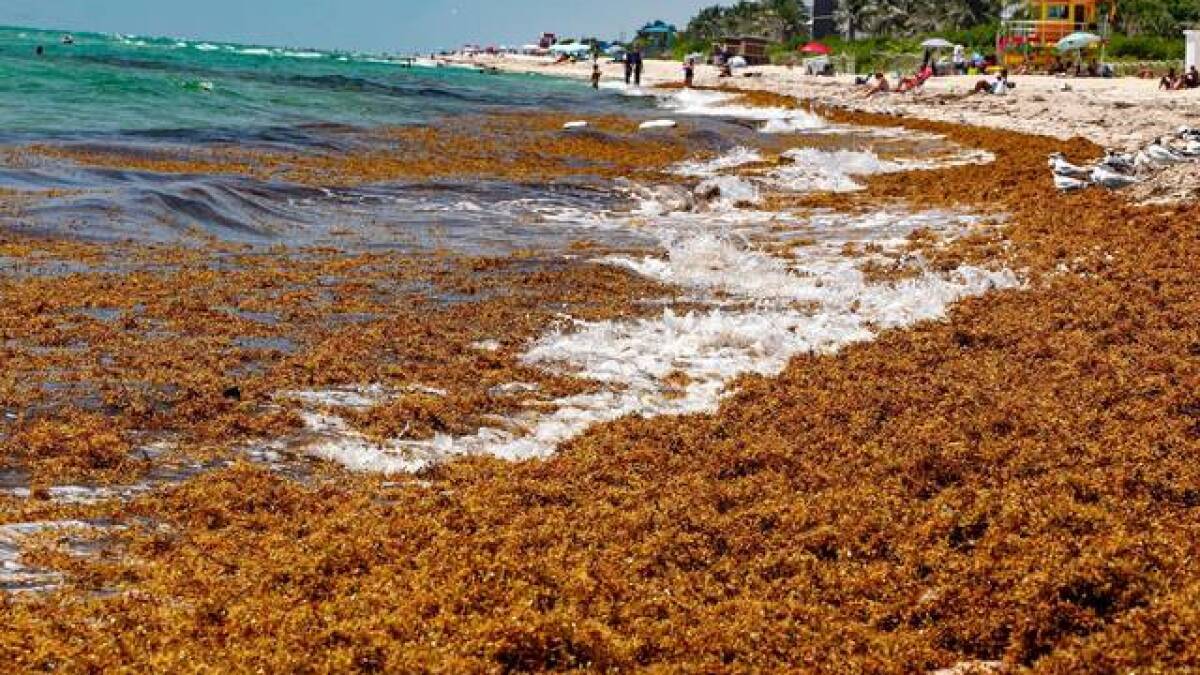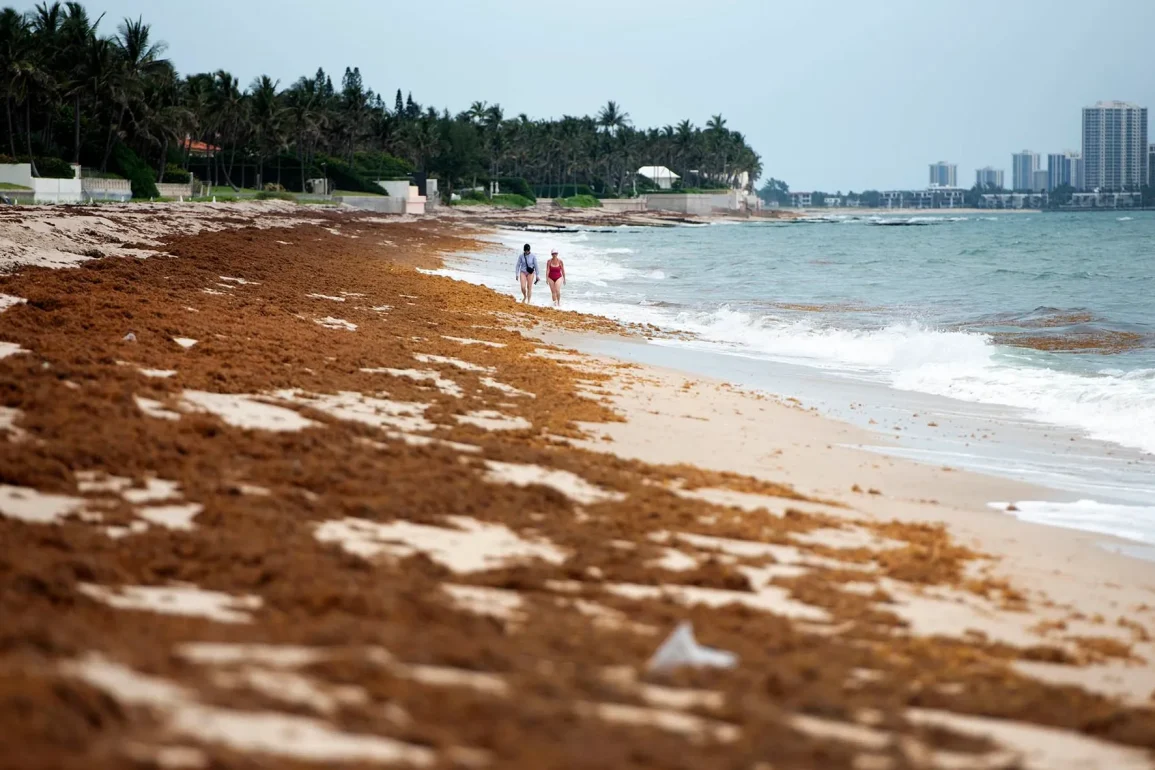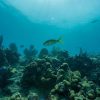As summer winds down, many are hopeful that the severe sargassum seaweed invasion that plagued Florida’s beaches last year will not recur. The Sunshine State experienced an unprecedented amount of sargassum during the spring and summer of 2023, causing considerable disruption and unpleasant odors.
Fortunately, the sargassum levels reported in 2024 have been significantly lower, offering a respite for beachgoers and local communities.
Researchers and scientists are actively working to understand and predict sargassum patterns to mitigate future problems. Dr. Brian Barnes from the University of South Florida is leading efforts to develop a forecasting system to track sargassum’s movement. This system aims to predict where the seaweed will appear next, potentially providing valuable insights for coastal management and beach maintenance.

Sargassum, which thrives in the tropical Atlantic Ocean, the Caribbean Sea, and the Gulf of Mexico, serves as a critical habitat for marine life while floating in the ocean. However, when it washes ashore, it becomes a nuisance, emitting a foul odor and creating a challenging environment for beachgoers.
The significant sargassum blooms of previous years have made it clear that their presence can dramatically impact coastal areas.
This year, the sargassum situation in Florida has been more manageable. According to Professor Chuamin Hu of the University of South Florida, the prediction for 2024 suggested a lighter sargassum presence, which seems to be accurate so far. Despite still needing to clear sargassum from beaches, the amount being removed is roughly a third of what was dealt with in 2023, indicating a marked decrease in the seaweed’s prevalence.
In contrast to Florida, other regions such as Barbados, the Lesser Antilles, Puerto Rico, and the Dominican Republic are experiencing more severe sargassum issues in 2024. Factors such as ocean currents, temperatures, and nutrient availability are believed to influence sargassum growth and distribution.
Continued research and monitoring are essential to better understand these factors and improve forecasting efforts to manage sargassum more effectively in the future.

